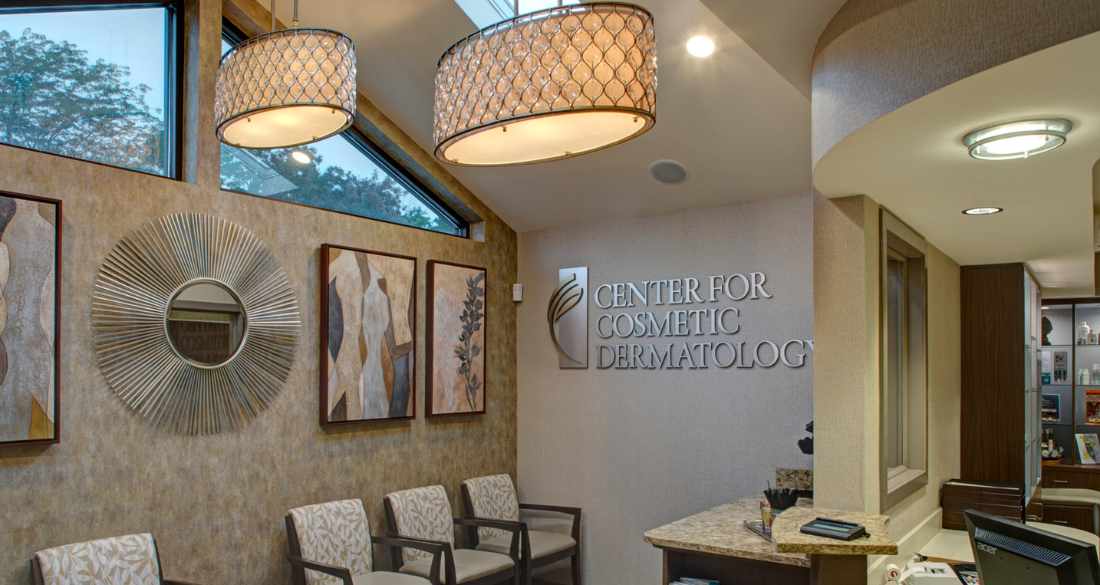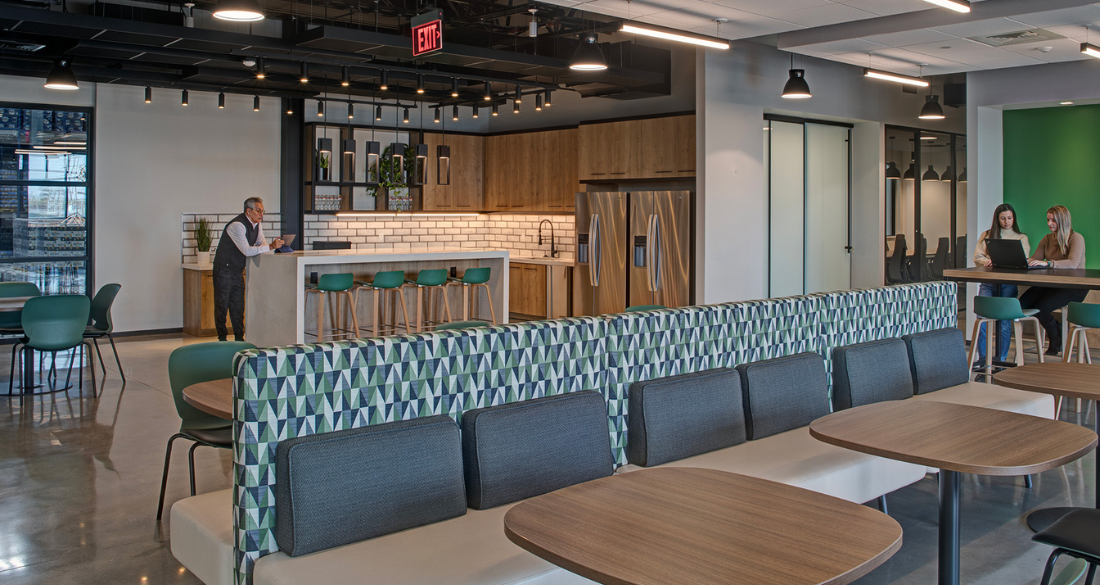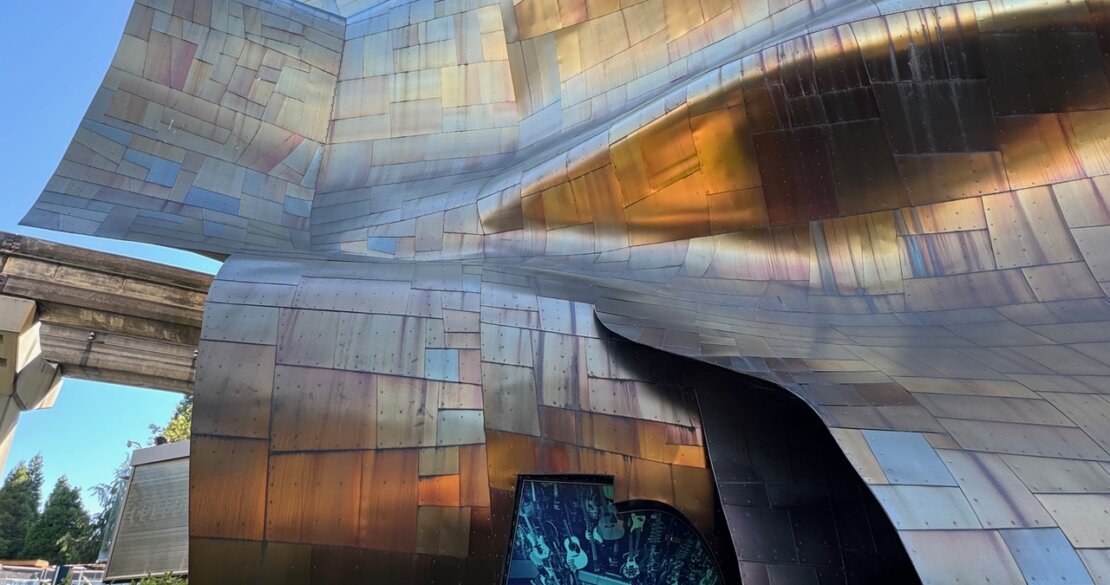Few projects in the architectural design industry demand thoughtfulness, flexibility, and innovation as much as healthcare architecture. Healing environments in healthcare foster safe and inviting spaces that accommodate patients’ medical needs while enhancing their comfort and care.
As such, patient-centered design strategies are crucial when creating modern healthcare facilities. This approach focuses on the patient’s needs, care, and well-being, elevating the healing impact of the built environment.
As leaders in architectural design innovation, SAAarchitects understands that a patient’s physical environment is intrinsically linked to their emotional, physical, and mental well-being. Warm, welcoming environments reduce psychological stress levels, accelerating recovery time and optimizing patient outcomes.
Keep reading to learn the five key elements of patient-focused designs and how SAAarchitects is paving the way for the future of wellness in architecture.
The Role of Architectural Design in Patient Outcomes
Studies have shown that increased levels of stress hinder recovery and slow healing. Creating a serene and safe environment can reduce stress and anxiety, improving patient outcomes.
Natural elements and green spaces, like courtyards and gardens, create a sense of peace. Research also suggests that exposure to nature can reduce pain intensity and anxiety.
Architects must be mindful of every detail when building a healthcare facility. Greenery, natural lighting, and warm building materials, like wood, can significantly improve a patient’s experience and aid in their recovery.
5 Key Elements of Patient-Centered Designs
Five crucial elements of patient-centered designs include:
- Natural Components: Healthcare spaces must prioritize patients’ needs and experiences. Inviting patient rooms and waiting areas infused with warm tones and natural light helps patients feel more at ease.
- Adaptable Spaces: A healthcare facility is a living, breathing organism that must continuously grow and evolve to accommodate patients’ needs. Adaptable, flexible spaces that can be effortlessly reconfigured can better support medical staff, patient flow, and technological advancements.
- Sustainability: Eco-friendly design practices protect the planet and promote a healthcare organization’s sustainability initiatives. Sustainable designs can also enhance indoor air quality and patient health. Architectural designers must prioritize recycled materials, energy-efficient systems, and greener processes to optimize healthcare facilities.
- Infection Control: The global pandemic demonstrated how essential proper infection control measurements are to the well-being of a facility’s patients and staff. Architects can support a healthcare organization’s infection control efforts by:
- Designing strategic layouts that include designated pathways, high-risk areas, and hand hygiene areas
- Using non-porous materials that are easy to clean and disinfect
- Promoting proper ventilation and airflow with negative pressure rooms to reduce the spread of airborne pathogens
- Technology Integrations: Technological advancements in healthcare are constantly evolving. Modern facilities must be equipped to seamlessly integrate new equipment, technology, and devices in their buildings.
Healing Environments in Healthcare: 3 Notable Case Studies
SAAarchitects strives to create comfortable, safe, and adaptable environments to maximize outcomes for healthcare facilities and their patients.
Here are three standout projects in our healthcare design portfolio.

WellSpan York Pediatric Medicine & Women’s Center
We are proud to have assisted with the full programming, planning, interior and architectural design, and engineering services of a 27,400-square-foot women’s health and pediatric center in York, Pennsylvania.
This new construction project consisted of the design of two medical practices, which included:
- 39 exam rooms
- Three procedure rooms
- Two patient waiting areas
- 30 medical and administrative offices
- Four labs
- A kitchen and dining area
- Check-in/out-areas
SAAarchitects used a spa-like color palette throughout the interiors and an on-stage/off-stage layout to enhance the patient experience.
Center for Cosmetic Dermatology
We performed a complete interior demolition, renovation, and addition to a former 3,300-square-foot optometry office. Our team transformed it into a serene space for the relocated Center for Cosmetic Dermatology in York, Pennsylvania.
The project consisted of:
- New entry vestibule
- Reception and waiting area
- Procedure, exam, and aesthetician rooms
- Staff work and break rooms
The center, including the new entrance ramp and vestibule, is completely accessible for all patients, promoting inclusion and accessibility.
WellSpan Wheatlyn Family Medicine & Rehabilitation
We led a consulting team to provide complete engineering and architectural services for the bidding, design, and construction of a new 23,000-square-foot family practice and outpatient facility in Manchester, Pennsylvania.
The project consisted of:
- 26 exam rooms
- An on-stage/off-stage model
- Two procedure rooms
- A 4,000-square-foot rehabilitation center
- Patient training and education center
SAAarchitects prioritized sustainability and efficiency by incorporating the Lean Workflow and Facility Design into our processes.
Optimize Outcomes with Patient-Centered Designs
Enhancing patient care is an endless pursuit for healthcare organizations. Fortunately, the right architectural design can go a long way. Natural elements can accelerate healing and reduce stress, while flexible designs can accommodate technological advancements and patient needs.
Ready to incorporate wellness-focused design principles into your healthcare projects? Contact SAAarchitects today.


